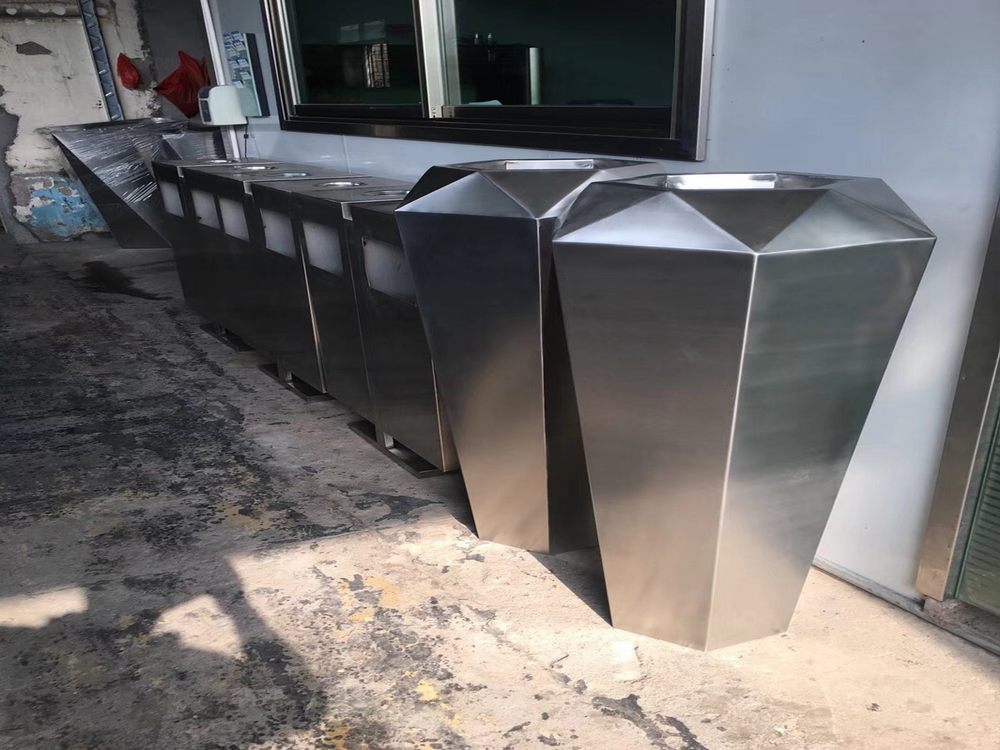
Artists create interactive or participatory metal sculptures by blending technical craftsmanship with audience-centric design. These works often incorporate kinetic elements, sound triggers, or tactile surfaces that invite physical interaction. Many sculptors use weather-resistant metals like stainless steel or corten, engineered to withstand public use while maintaining artistic integrity.
The creative process typically begins with community consultations to ensure the artwork resonates with local audiences. Some artists embed motion sensors or pressure-sensitive components that activate light displays or water features when touched. Others design rotating sections, climbable structures, or puzzle-like assemblies that require collective participation.
Notable techniques include:
1. Modular fabrication allowing reconfiguration by viewers
2. Heat-sensitive metal coatings that change color with touch
3. Balanced counterweights creating movable elements
4. Embedded digital interfaces for augmented reality layers
Successful installations balance durability with accessibility, often undergoing rigorous safety testing. Many contemporary artists collaborate with engineers to perfect movement mechanisms while preserving aesthetic vision. The result transforms passive observation into dynamic experiences, making metal sculpture a medium for social connection and playful discovery in public spaces.

